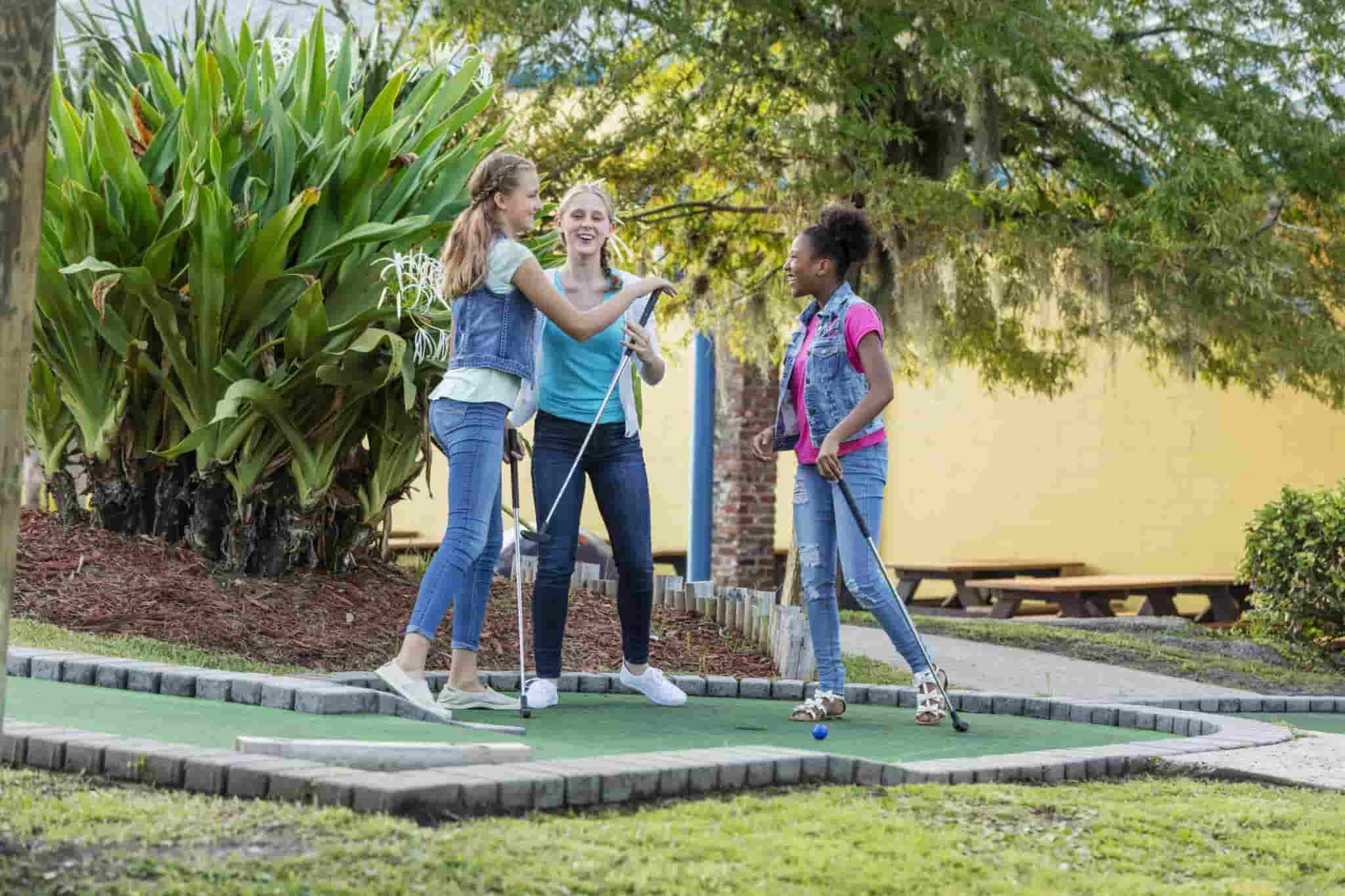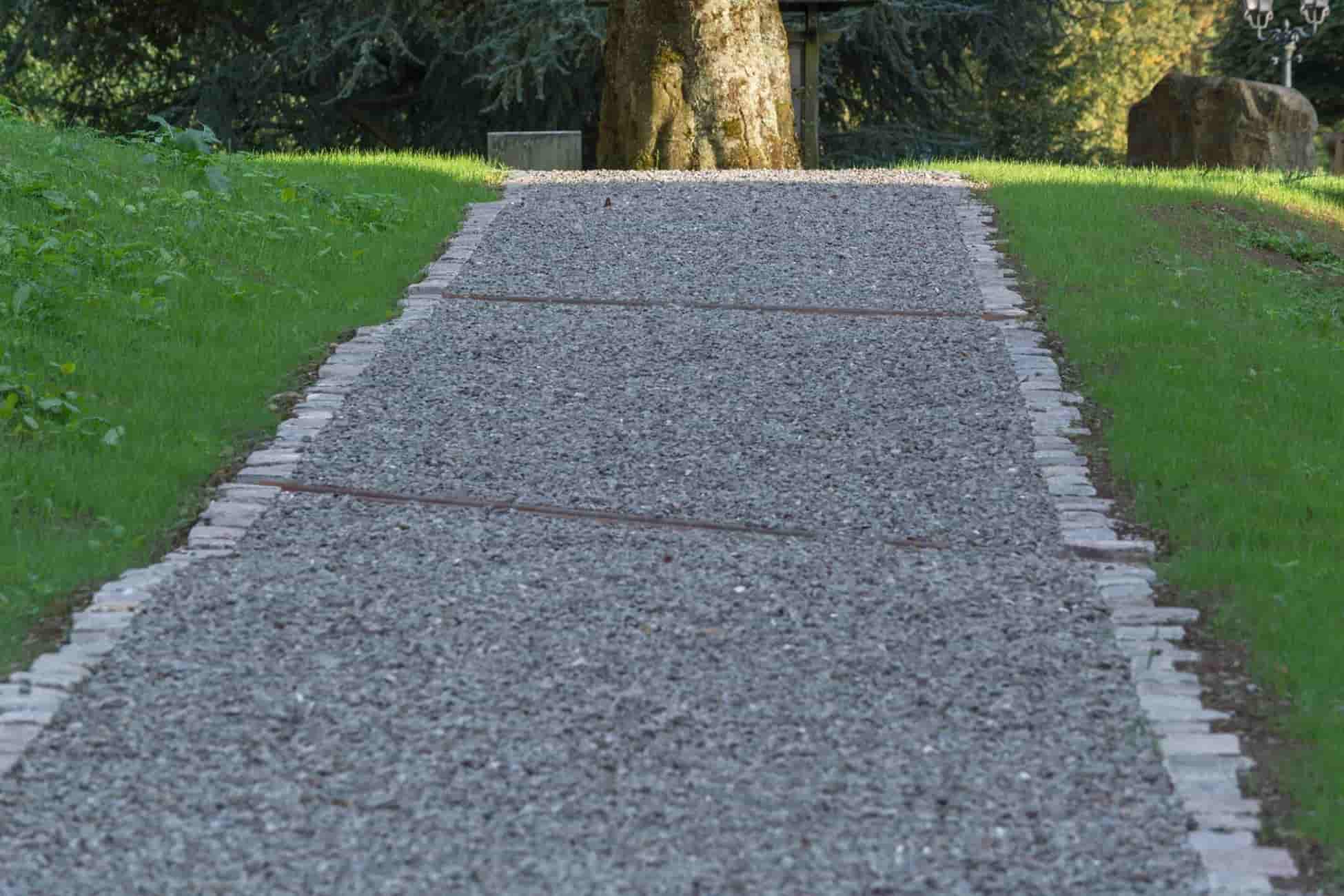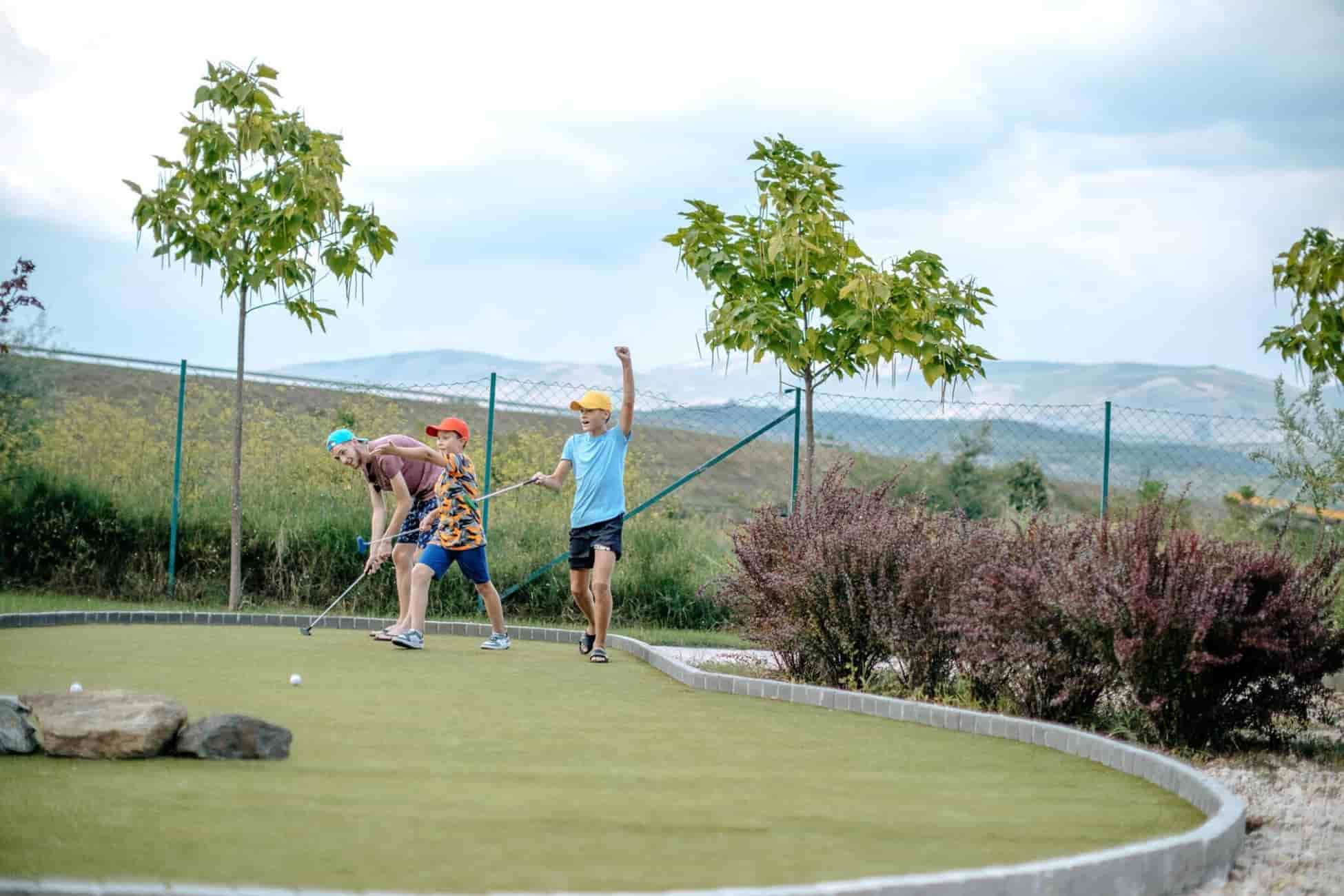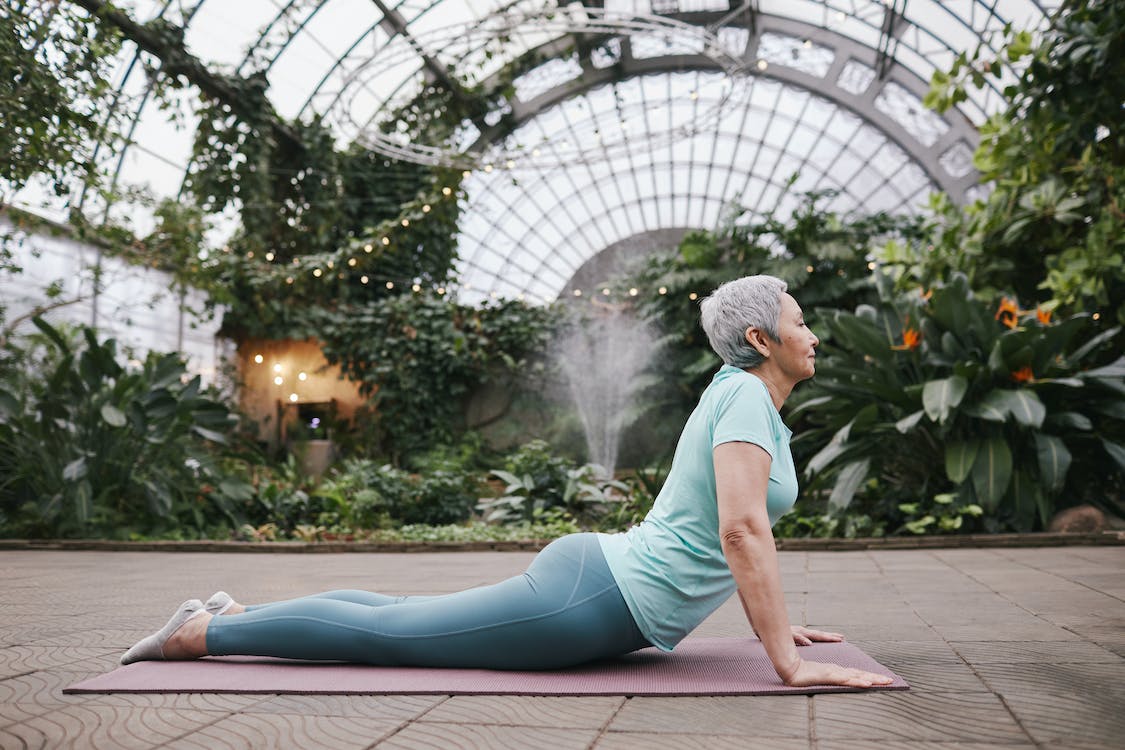When it comes to sports areas we tend to focus a lot on the game itself: the players, the equipment, and the strategies. However, we often overlook how important the surrounding environment is, in enhancing the experience for both athletes and spectators.
One aspect that doesn’t get attention but can truly make a difference is incorporating gravel into these spaces. In years landscape architecture has seen a new trend emerge – integrating gravel in outdoor sports areas.
The Influence of Outdoor Environments on Sports
Exploring the impact of environments on sports reveals a relationship between athletic activities and the natural world. This discussion delves into how outdoor settings go beyond playing fields to profoundly affect sports.
- Enhancing Wellbeing through Natural Beauty: Scenic landscapes, lush greenery, and designed outdoor spaces contribute to creating a psychological environment for athletes. The visual appeal of surroundings has been linked to reduced stress levels, increased focus, and an overall improvement in well-being.
- Fostering Community Engagement: Outdoor sports areas serve as hubs that foster social interactions and community engagement. The way these spaces are designed has an impact, on how people come form connections.
- Weather’s Role in Performance: The outdoor environment, the prevailing climate, significantly influences sports performance. Athletes adapt their strategies, endurance levels, and techniques based on weather conditions showcasing the interaction between nature and sports.

- Player Safety: The choice of surface materials such as grass, turf, or gravel directly impacts player safety. The type of ground can affect the risk of injuries, player agility, and overall playing experience.
Ongoing advancements in materials and design continually redefine safety standards, for sports areas.
Enhancing Sports Areas with Decorative Gravel
This innovative design concept goes beyond the ordinary introducing an element that seamlessly combines beauty with practicality. Decorative gravel, with its textures and stunning qualities, becomes a significant contributor to transforming sports areas.
- Appealing Aesthetics: Gravel provides a visually stunning choice for landscaping in sports areas. Whether used as walkways, borders, or ground covering the wide range of colors and textures can perfectly complement the design creating an elegant and inviting atmosphere.
- Easy Upkeep: Unlike grass or turf decorative gravel requires maintenance. This is an advantage for sports facilities as it reduces the need for upkeep allowing more attention to be focused on the game itself.
- Enhanced Drainage: One of the advantages of incorporating gravel in outdoor sports areas is its exceptional drainage properties. This is particularly important for sports like soccer or baseball where having a drained surface is crucial, for playing conditions.
Customizing Gardens for Different Sports
Creating gardens tailored to sports requires a blend of horticultural expertise and sport-specific considerations. Let’s take a look at how gardens can be customized for sports:
- Soccer Fields: To enhance the appearance and ensure player safety one effective approach is to use decorative gravel along the perimeter and pathways. This creates a boundary while maintaining an organized look.

- Tennis Courts: Incorporating gravel strategically in tennis courts adds an element of sophistication. It can be used as a base for seating areas or walkways providing both durability and preventing surfaces.
- Baseball Diamonds: Landscaping plays a role in baseball diamonds with various elements coming into play. Utilizing gravel can help define base paths, dugout areas, and spaces for spectators.
Its ability to withstand heavy foot traffic makes it an ideal choice, for high-impact sports areas.
Incorporating Decorative Gravel in Practical Ways
Incorporating gravel in ways brings together functionality and visual appeal seamlessly. Here are some practical uses for gravel:
- Walkways: By using gravel you can create defined pathways that not only add structure to the outdoor space but also help prevent soil erosion. This is especially beneficial for sports facilities with a volume of foot traffic.
- Benefits: Decorative gravel goes beyond aesthetics it offers environmental benefits that make it a sustainable and eco-friendly choice for landscaping.
- water conservation: Decorative gravel acts as a mulch that helps retain water reducing soil erosion and promoting the use of water. It allows rainwater to penetrate the ground replenishing the water table while minimizing runoff.
- Eco-Friendly Option: Decorative gravel is often sourced locally reducing the impact associated with long-distance transportation. Its permeable nature also helps with water conservation and natural drainage.
- Heat Regulation: Unlike asphalt or concrete surfaces decorative gravel absorbs heat making it a cooler option, for sports areas. During the summer months using gravel has several advantages as it creates a more comfortable environment, for both players and spectators.

Conclusion
In the realm of sports, the significance of a crafted and functional environment cannot be emphasized enough. The use of gravel has emerged as a game changer, in this regard offering advantages that span from enhancing aesthetics to providing practical benefits.
As sports facilities continue to evolve incorporating landscaping elements like gravel has proven to be a winning strategy enriching the experience, for athletes and spectators alike. So the time you step into a sports arena take a moment not only to enjoy the game but also to appreciate the transformative influence of a meticulously designed outdoor space.



